How Do Electric Cars Work? Its Parts & Functions
In today’s world, electric cars are gaining a lot of popularity. Many people are interested in them because they’re better for the environment, especially in cities. Electric cars and fuel cells are getting a lot of attention.
An electric car is a vehicle powered by an electric motor instead of a petrol engine. From the outside, you might not even realize it’s electric. Usually, they convert regular cars to electric, and you can’t tell unless you’re driving it—the most noticeable thing being its near-silent operation.
Read Our Aim in Life Should Be 9876543210
In this article, we’ll talk about how do electric cars work, their parts, and functions. Electric vehicles, or EVs, don’t need internal combustion engines. They use an electric motor powered by rechargeable batteries.
Understanding Electric Cars: The Basics
Electric cars have a simple setup. They have a fixed part called the stator and a rotating part called the rotor. The stator creates a magnetic field, which moves the rotor. This process converts electric energy into mechanical power to make the car move.
Engine vs. Motor: What’s the Difference?
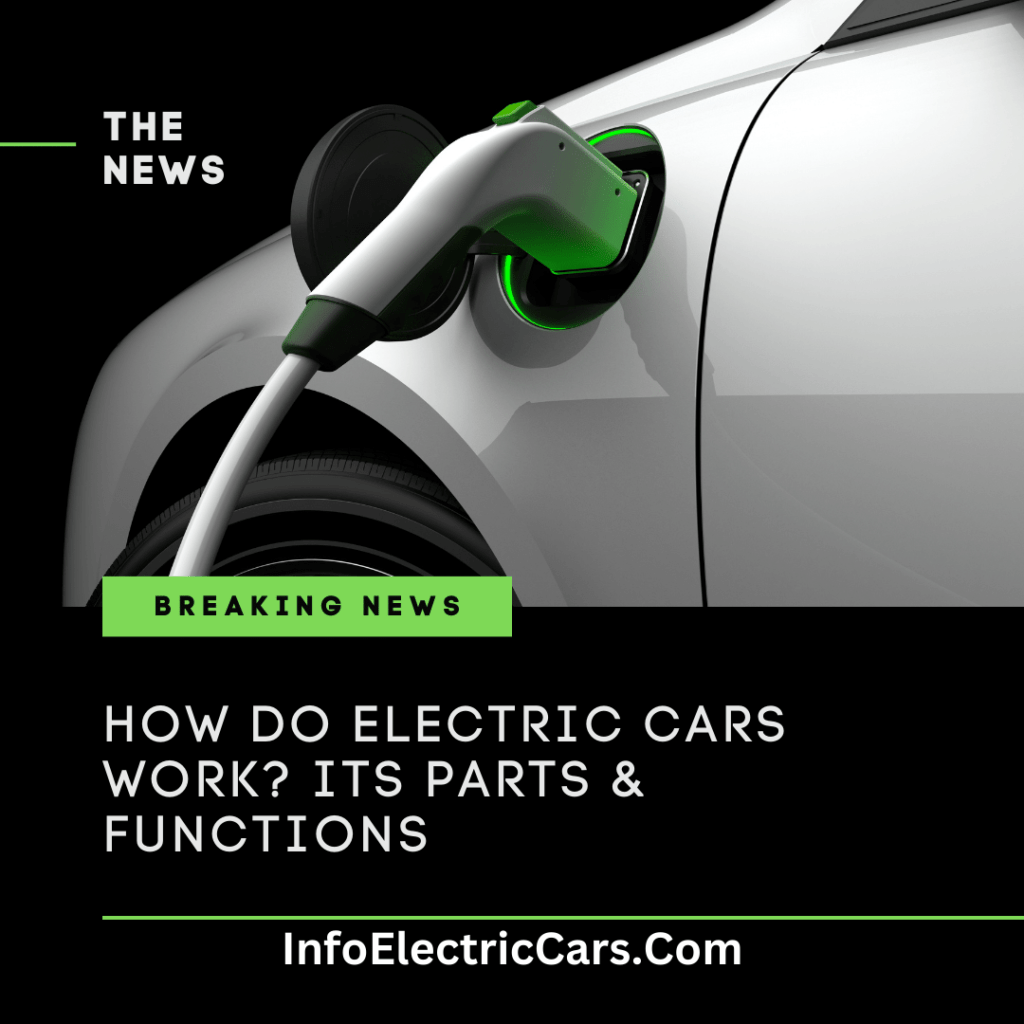
An engine and a motor both turn energy into mechanical power, but they do it differently. An engine uses thermal energy, usually from combustion, while a motor uses various forms of energy, including electricity. That’s why electric vehicles use motors.
Essential Components of Electric Vehicles
Apart from the basic engine and battery, there are important components in electric vehicles:
- Traction Battery Pack: Stores electrical energy.
- Power Inverter: Converts battery’s direct current (DC) to alternating current (AC) for the motor.
- Electric Traction Motor: Powers the transmission and wheels.
- Power Electronics Controller: Regulates energy during regenerative braking.
- Charge Port: Allows external charging.
- DC-DC Converter and Charger: Manages voltage for accessories and recharges the auxiliary battery.
- Transmission: Transfers mechanical power to drive the wheels.
Types of Electric Vehicles: A Simple Guide
There are four main types of electric vehicles:
- Battery Electric Vehicle (BEV): Runs entirely on battery power. Examples include Volkswagen e-Golf and Tesla Model 3.
- Hybrid Electric Vehicle (HEV): Combines an internal combustion engine with an electric motor. Examples are Honda Civic Hybrid and Toyota Prius Hybrid.
- Plug-in Hybrid Electric Vehicle (PHEV): Has both an engine and a motor. Can be charged electrically. Examples include Porsche Cayenne SE Hybrid and Audi A3 e-tron.
- Fuel Cell Electric Vehicle (FCEV): Uses fuel cell technology. Examples are Toyota Mirai and Hyundai Tucson FCEV.
Charging Electric Vehicles: Simplifying the Process
Charging an electric vehicle is crucial. Knowing the charging speeds helps:
- Slow Charging: Up to three kilowatts, for overnight charging (8-10 hours).
- Fast Charging: Seven to 22 kilowatts, for quicker charging in locations like car parks (3-4 hours).
- Rapid Charging: From 43 kilowatts, compatible with specific EVs for faster charging (30-60 minutes).
The Benefits of Electric Cars: Going Green and Saving
Electric cars have advantages:
- Environmental Impact: Zero emissions mean cleaner air.
- Cost Efficiency: Electricity is cheaper than gasoline. Home solar panels can save more money.
- Low Maintenance: Fewer components mean less maintenance.
- Smooth Operation: Silent and responsive, electric cars offer a comfortable and noise-free driving experience.
Challenges of Electric Cars: Finding Charging Stations
Despite the benefits, finding charging stations can be a challenge, especially during long trips. Charging an electric car takes more time than adding gas to a traditional car.
The Future of Electric Cars: Balancing Pros and Cons
Despite challenges, the future of electric cars looks bright. As technology improves, these cars will become more accessible and convenient. Understanding their mechanics and benefits helps make informed choices for a sustainable and eco-friendly automotive future.
Buy On Amazon
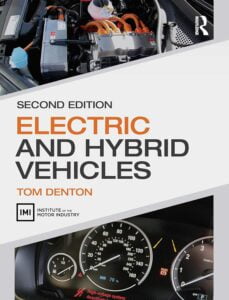
Electric and hybrid vehicles are now the present, not the future. This straightforward and highly illustrated full color textbook is endorsed by the Institute of the Motor Industry.
Electric and Hybrid Vehicles
In conclusion, the journey towards embracing electric cars involves not just understanding their mechanics but also navigating the evolving landscape of charging infrastructure.
As these vehicles become more mainstream, their environmental benefits and cost efficiencies are likely to outweigh the challenges, marking a transformative era in the automotive industry.
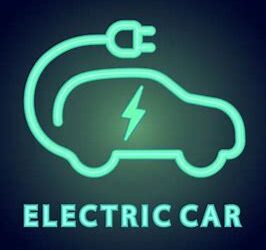
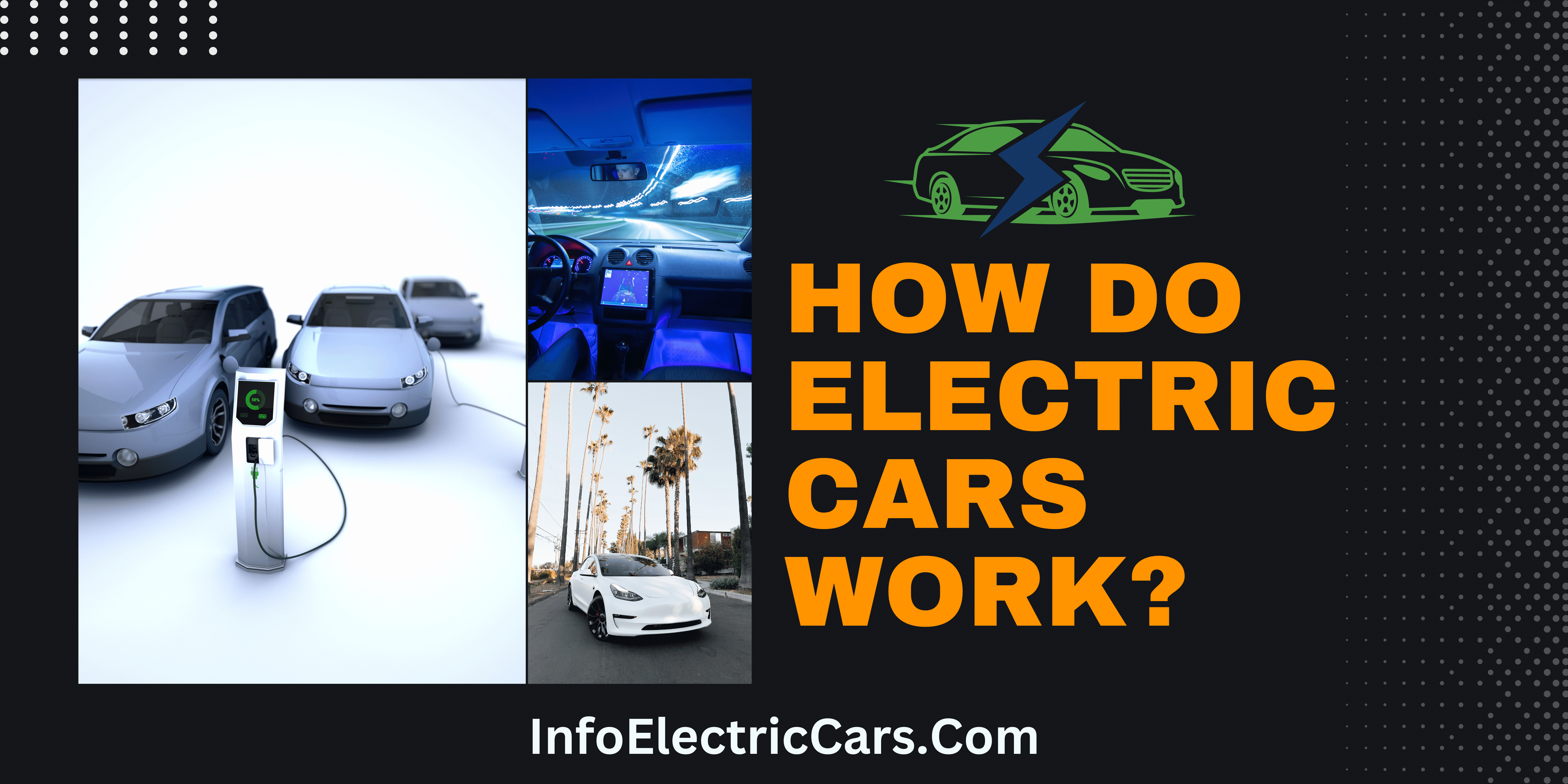


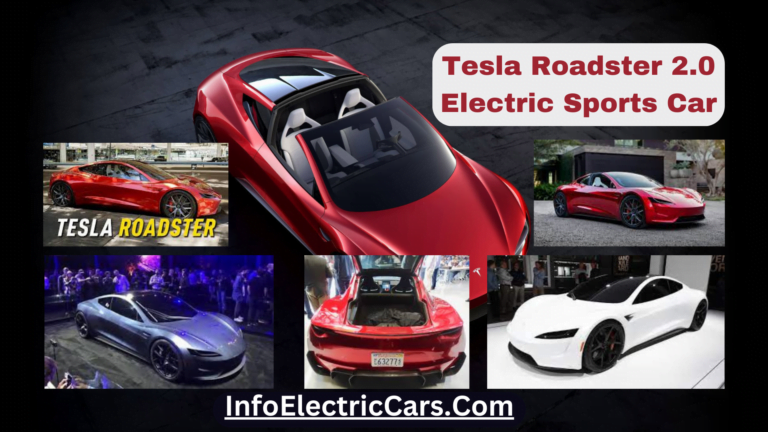
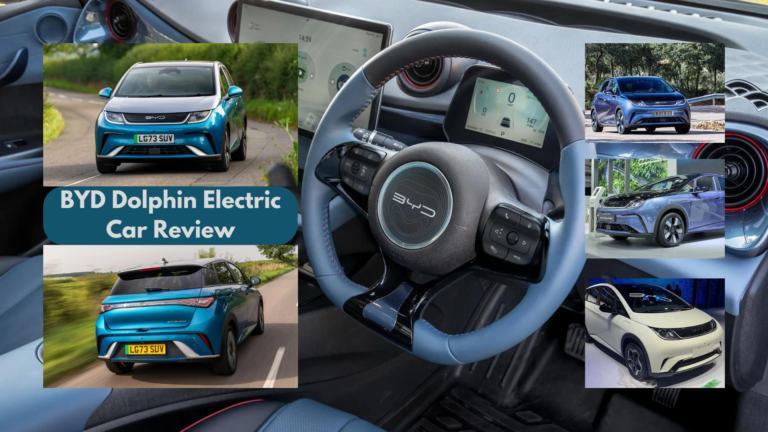
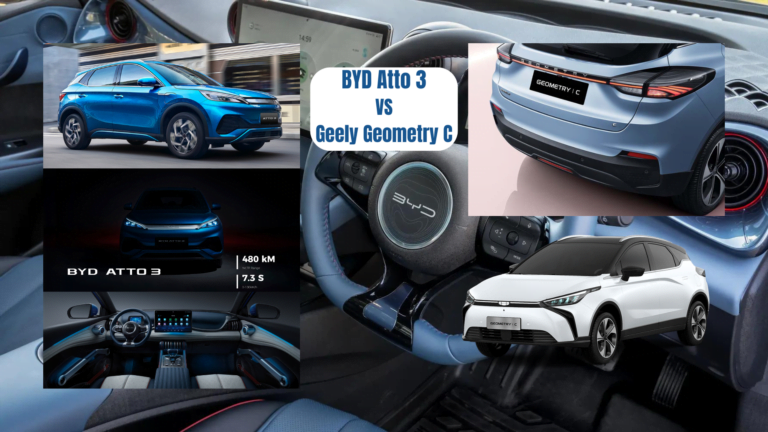
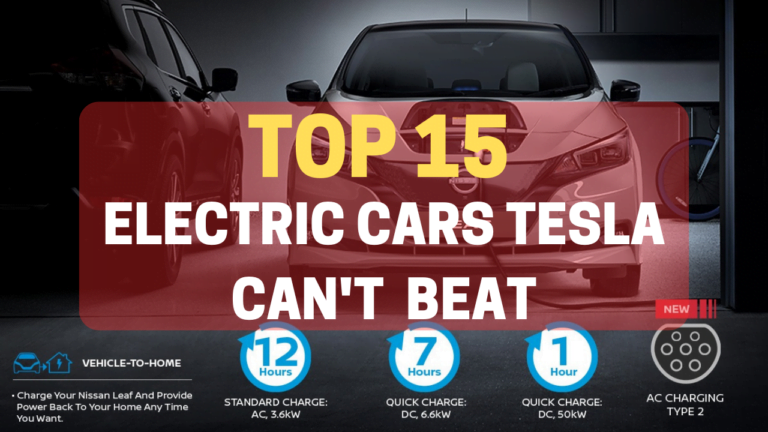
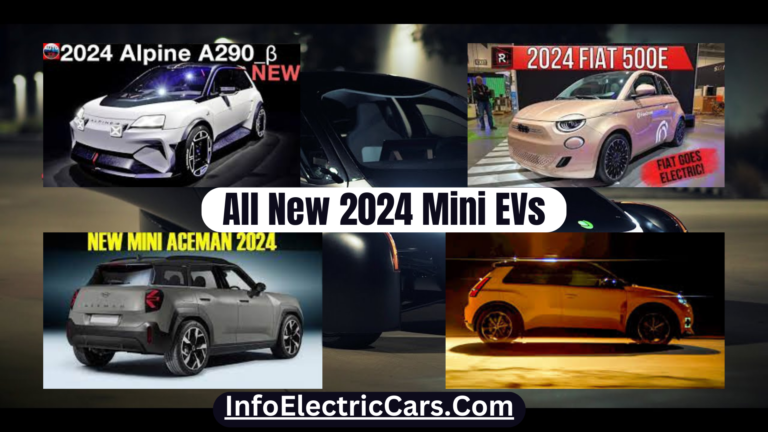
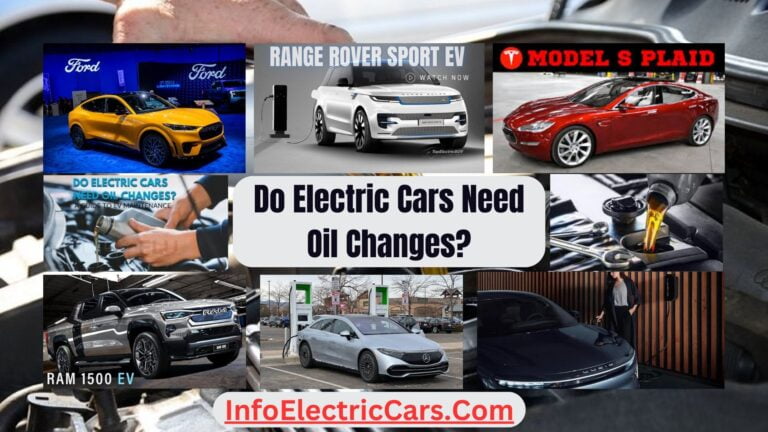
7 Comments